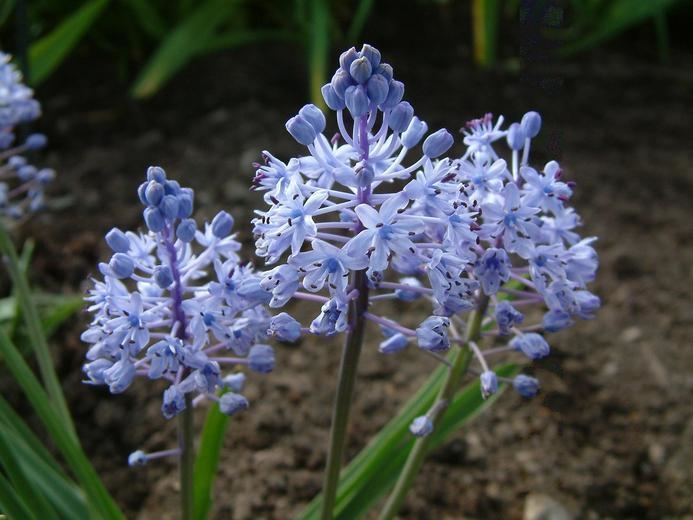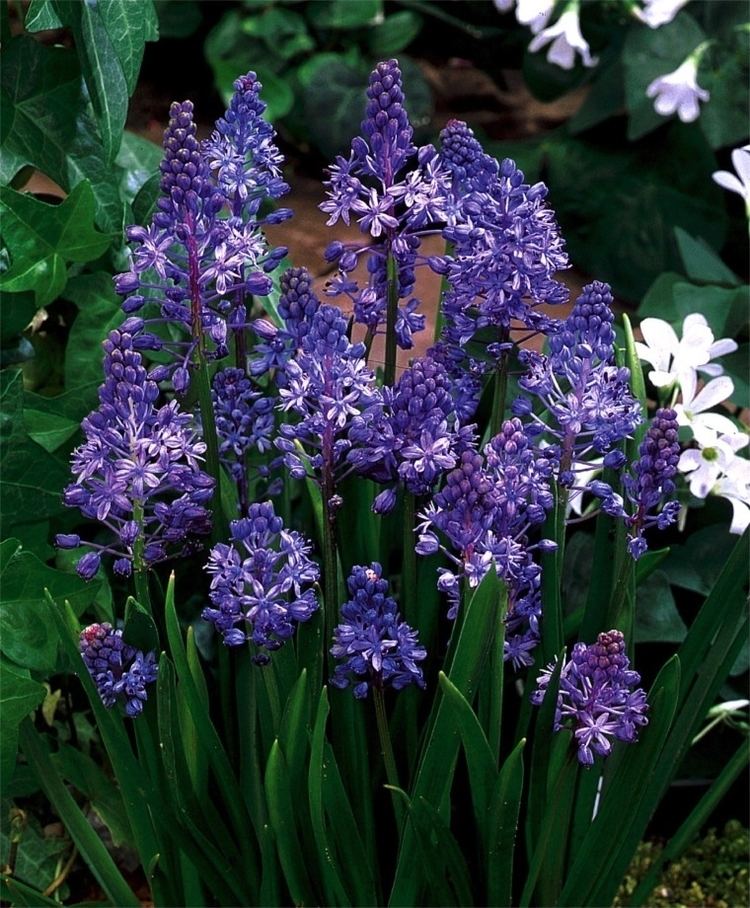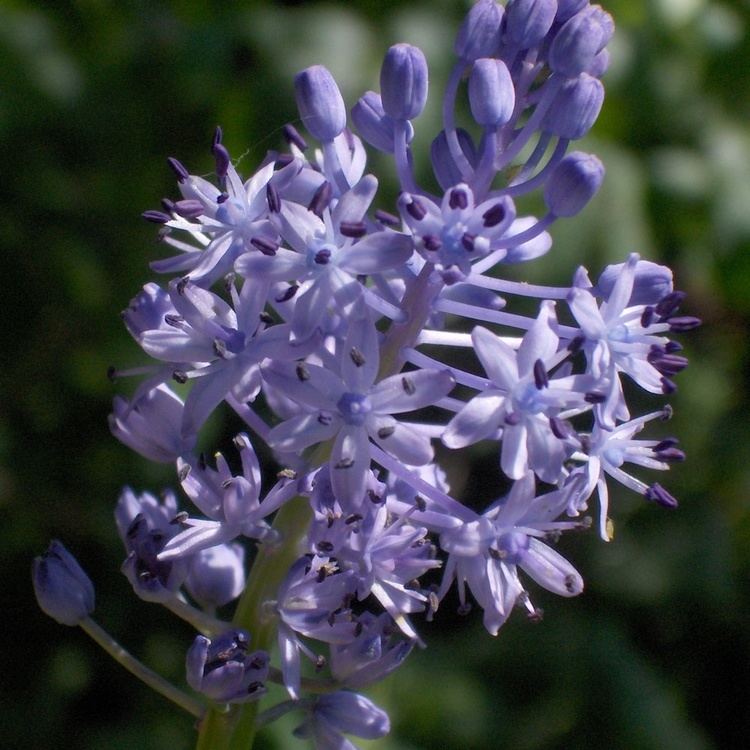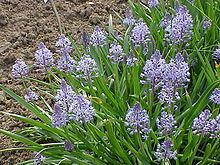Clade Monocots Rank Species | Clade Angiosperms | |
 | ||
Similar Scilla mischtschenkoana, Scilla hyacinthoides, Prospero autumnale, Scilla peruviana, Scilla bifolia | ||
Scilla litardierei (syn. S. amethystina, S. pratensis, S. albanica, S. italica, S. nutans, Chouardia litardierrei) the Amethyst Meadow Squill (or Dalmatian Scilla) is a bulbous perennial, grown for its blue grape-hyacinth like flowers, blooming in late spring, much later than the more popular Siberian squill and later than Muscari which it resembles. Originating in the western Balkans, hence Dalmatian Scilla, it was introduced to western Europe (England) in 1827. It has become much more easily available since 2004.
Contents

In its original habitat in Slovenia it is considered an endangered species, flowering in May-June.
Description

Grass like leaves 3-6, 3-8mm wide, tapering to a point. Up to 70 blue-violet flower buds on each stem in a dense raceme, which open into star shaped flowers. Height: 15-20 cm. Preferring partial shade it will naturalise.
Taxonomy

To quote Stedje (2001): "The definition of genera and the assignment of species to genera within the family Hyacinthaceae or subfamily Scilleae of the family Liliaceae, have troubled taxonomists since Linnaeus. The group is poor in qualitative characters, which has made it difficult to define stable genera based on good diagnostic characters. Species have often been moved from genus to genus either due to different opinions on generic delimitation or to misinterpretation of characters."

Based on DNA sequence studies, the Austrian botanist, Franz Speta, prefers to re-ascribe this species into a separate genus, Chouardia within the Hyacintheae.
The preferred name is Scilla litardierei.

The synonyms Scilla amethystina Fish., Scilla pratensis Waldst. & Kit., Scilla italica Host and Scilla nutans Alsch. are no longer valid.
Cultivation

Hardiness: 7a-11, zones 5-6 with heavy winter mulching. The best known cultivar is Orjen, originating from Mount Orjen in Montenegro in 1971.
